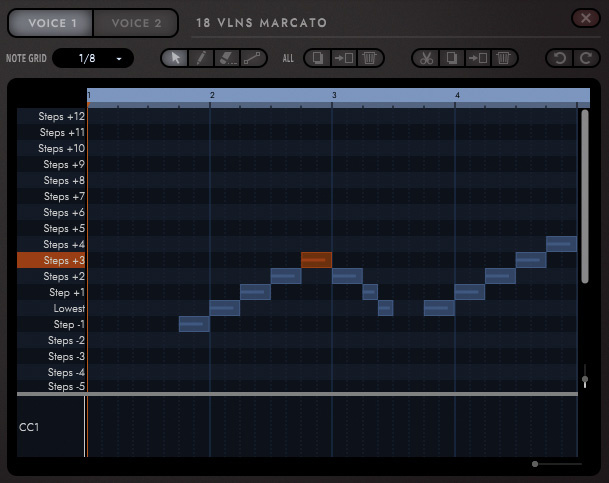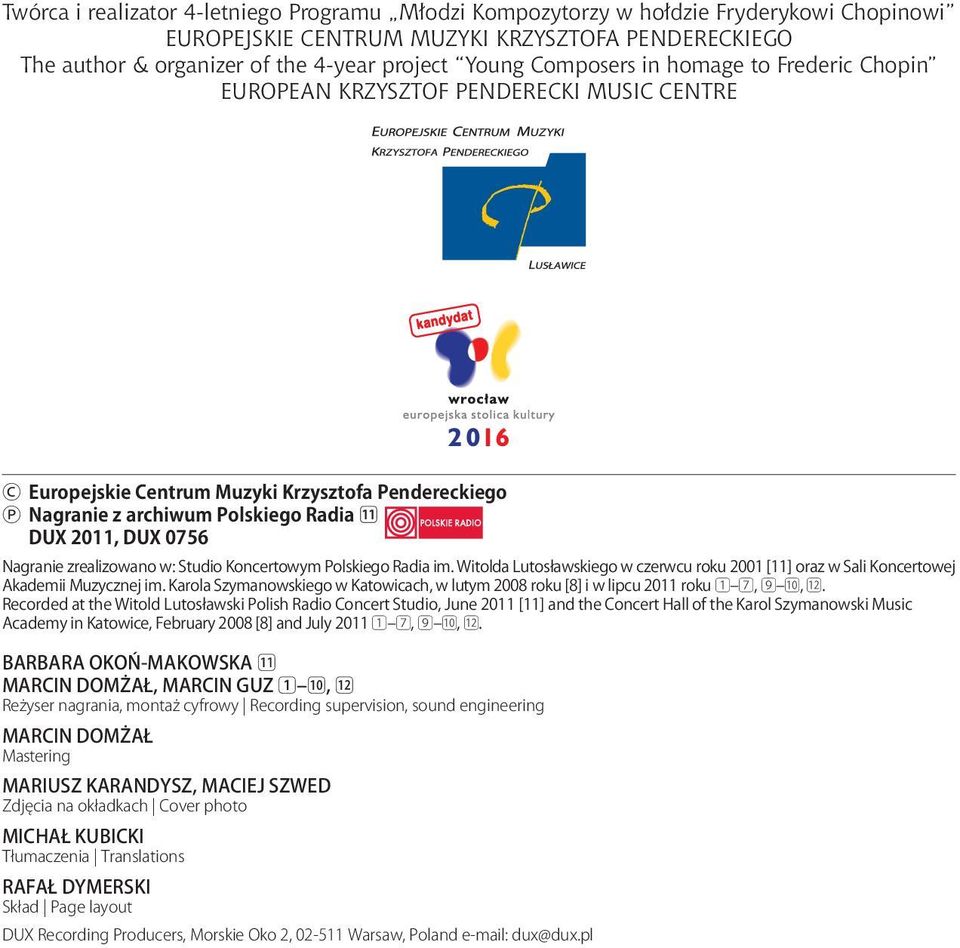

Use CC#1… Use CC#11+Velocity have no parameter. Controllers are generally used for any type of sound and tone change, it really depends on the sound library context. Many other items are available in addition to keyswitches.Ĭontroller has 2 parameters: the controller# and the value. It applies only to devices not containing “GPO” or “Garritan”, so it can be either in the context of SoftSynth, of for external MIDI playback.Īt that point it is important to emphasize that HP scans all playback devices available automatically, whether they are AU- or VST-based, or SoftSynth, or External playback (MIDI setup), but always leaving the choice of customization. In the case of GM (bottom of the current list) we have: In Vienna Symphonic Library, for instance, (packaged with Kontatk2 software), for the KS sample Violin Ens 14 (All X) would be different: violin only, keyswitch note# F#0, use CC#1, device name containing “kontatk2”.

The other pop-up menus to the right are values for the specific actions, depending on the kind of action.Īlso, the last pop-up menu with an attached text box provides an additional, even more precise, text-based filter: The subsequent 3 action lines basically count fewer and fewer items. For instance, if “pizz” is defined twice, first for “Strings” and then for “Violin”, the “Violin” pizz will be applied by priority to violin staves, ignoring the “Strings” pizz.įor the strings, the following techniques are available:

The technique or effect is enabled by the notation - articulations, expressions, smart shapes, or simply by the musical context (détaché passage for instance).Ī similar technique will be applied by priority to each individual instrument. The subsequent Technique pop-up menu depends on the type of instrument. Not all instruments are listed here, only the ones that have special techniques generally available from sample libraries. It can vary from instrument type or family, to isolate instruments: The first pop-up is the kind of instrument. Working with Instrument Techniques and EffectsĬlick the "Use this technique" checkbox or press the Space Bar to enable or disable a technique line.Ĭlick a line to select a technique for editing. Use these buttons to move techniques up or down in the Is a convenient way to begin designing new techniques if only some itemsĬlick this button to delete the selected technique. Click this button to create a new folder in the Techniques window.Ĭlick this button to duplicate the current technique. Click this button to add a new technique to the selected folder. Click this button to display the advanced options where you can edit or create Check this box to activate the selected technique. For example, you might apply a technique only if Enter text into the text box to the right to specifyĪ specific variable. Choose an item from this pop-up menu to apply an additional filterįor the technique. Menus to the right are values for the specific actions, depending on the Properties (such as keyswitch or controller data) for the chosen technique. Using these pop-up menus, you can pinpoint specific ChooseĬustom, and then enter text in the “Apply Only” text box to use specific Smart shapes, or by the musical context (e.g. The techniqueĬhosen is enabled by the notation, whether it be articulations, expressions, Type of techniques possible for the selected instrument. The techniques listed here depend on the Instr. Have special techniques generally available in sound libraries. Menu lists instrument categories and individual instruments that Save and Close, the technique will be added to the list above.

You can use this text box to name the current technique. This column displays the available techniques. All available Instrument TechniquesĪnd Effects are listed in this window.
EWQLSO PENDERECKI FULL
Using these settings Human Playback isĬapable of detailed changes to the playback, and can take full advantage This is particularly the case while using combinations For example, if GPO and SoftSynth areīoth used in the same document, different Human Playback Instrument TechniquesĬan (and should) be used to accommodate for the unique properties of the To take advantage of a given sound library, and allow you to specify settingsįor an individual playback device. Techniques, such as pizzicato or fluttertongue. These settings allow you to customize performance You are here: Reference > Dialog Boxes > H > Human Playback Preferences - Instrument Techniques and Effects Human Playback Preferences - Instrument Techniquesįrom the Window menu, choose Playback Controls.Ĭlick on the button on the Playback Controls.


 0 kommentar(er)
0 kommentar(er)
